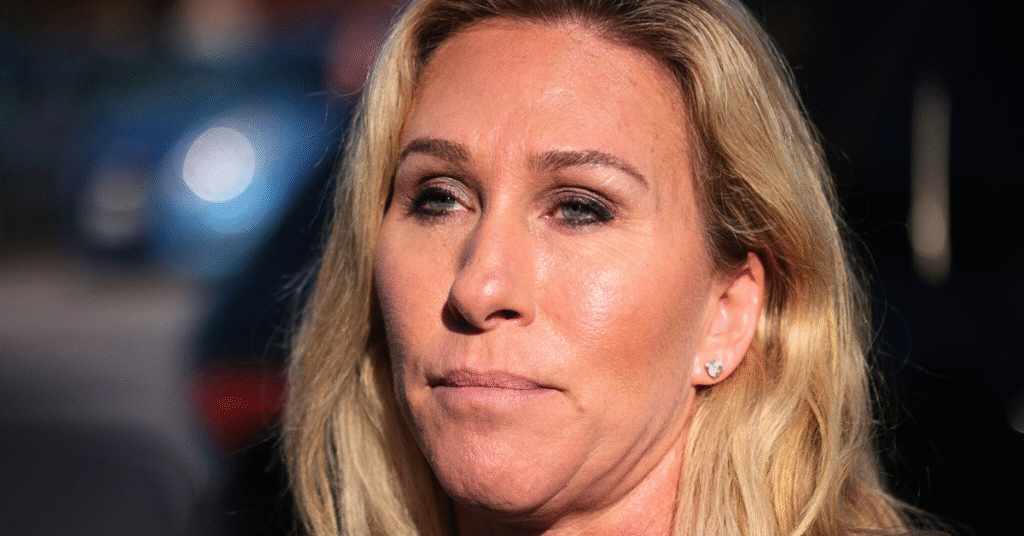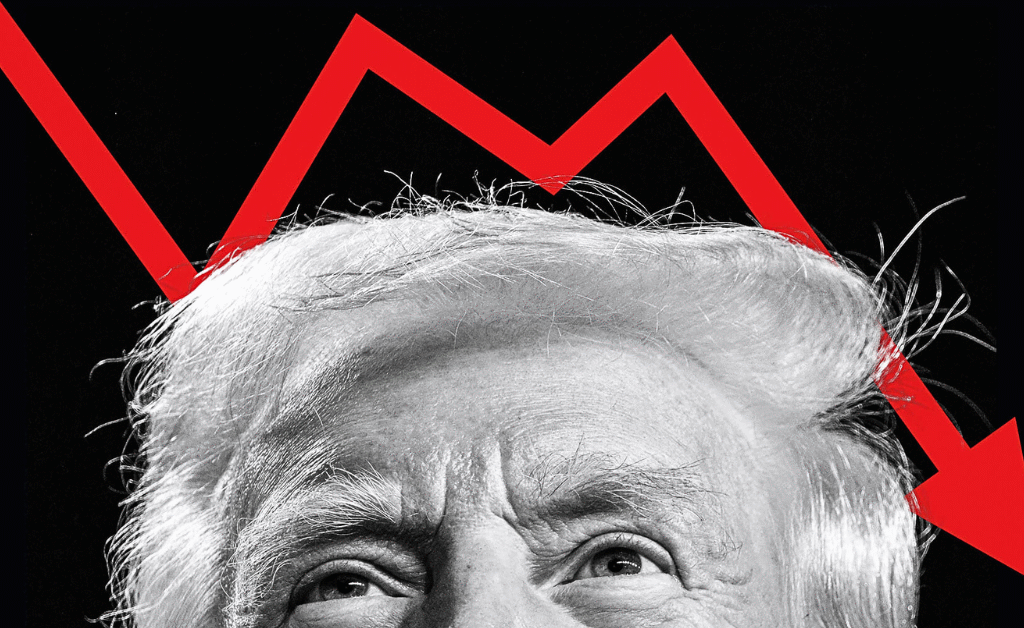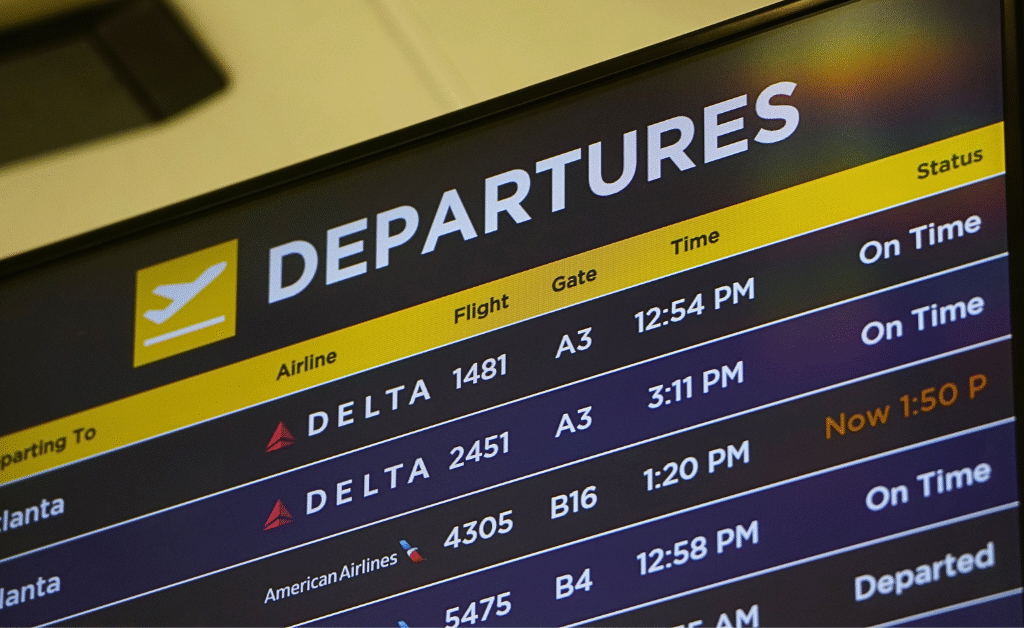- U.S. Treasuries delivered strong returns (around 6% YTD), lowering borrowing costs and outperforming other developed-market bonds.
- Structural vulnerabilities—constrained dealer intermediation, thin liquidity and clearing-rule changes—could disrupt market functioning during stress.
The U.S. Treasury market is posting one of its strongest performances in recent years — yet thin ice remains beneath the rally.
With a 6 percent year-to-date return and officials warning of structural vulnerabilities, the stakes for issuers, borrowers and markets are high.
In remarks to an audience at the 2025 U.S. Treasury Market Conference, Scott Bessent, U.S. Treasury Secretary, delivered a succinct summary of the market’s performance:
The FrankNez Media Daily Briefing newsletter provides all the news you need to start your day. Sign up here.
“The U.S. Treasury market has been the best-performing developed bond market this year.”
He added that total returns year-to-date have reached around 6 percent — “the best year since 2020.”
That strong return reflects falling yields across maturities, robust demand at Treasury auctions and a flight to safety amid global uncertainty.
Other developed-market bonds have stalled or posted losses, according to Bessent.
Why It Matters
Treasuries remain the global benchmark for risk-free rates.
As Bessent noted, “Treasury yields set the global risk-free rate… Lower Treasury borrowing costs mean lower corporate borrowing costs, lower mortgage rates, and lower car payments…”
Thus, a strong Treasury market can translate into cheaper credit for homes, auto loans, corporate debt and municipal borrowing.
Conversely, any weakness or shock in this market could have wide ripple effects.
Warning Lights: Liquidity & Structure
Even amid the strong return, concerns have been raised about underlying fragility.
A recent staff analysis from the Federal Reserve Bank of New York finds that while many liquidity metrics recovered in 2025 after an April dip, the market remains vulnerable:
“Measures of market depth point to relatively weak liquidity in April 2025, when available depth declined to the lowest levels since March 2023.”
The report warns that dealer intermediation capacity remains constrained — a structural issue that might impair market functioning during stress.
On another front, the U.S. Securities and Exchange Commission (SEC) addressed clearing-rule reforms at the same conference. Commissioner Mark T. Uyeda said:
“In short: the U.S. Treasury market is the deepest and most liquid government securities market in the world — and we intend to keep it that way.”
He underscored that implementation of the new clearing rules will be part of efforts to maintain that status.
Supply and Demand Dynamics

According to Bessent, one of the bright spots is stronger demand for Treasury securities: he pointed to growth in money-market funds and stable-coin issuance as tailwinds for bill demand.
He also said the Treasury plans to stick with “regular and predictable” issuance to maintain market stability.
Yet, with federal deficits remaining elevated and debt issuance expected to rise, the question of how much the market can absorb without higher yields remains central.
What To Watch
- Upcoming Treasury auctions: If bid-to-cover ratios soften or foreign participation dips, that could signal weaker appetite.
- Liquidity metrics: More frequent tracking of bid-ask spreads and order-book depth in on-the-run Treasuries will matter, especially if volatility resurfaces.
- Clearing rule rollout: The SEC’s transition to mandatory clearing could temporarily disrupt trading flows — as Uyeda suggested.
- Inflation and macro surprises: If inflation prints above consensus, the Treasury rally could reverse quickly, raising yields and borrowing costs.
Implications for Stakeholders
For borrowers and households, current lower yields translate into somewhat cheaper mortgages and corporate borrowing — a silver lining.
Still, the structural risks mean caution remains warranted: a reversal in yield trends would increase costs across the board.
For investors, the narrative is clear: while Treasuries have been performing well, this isn’t a risk-free environment.
Paying attention to market-structure changes, supply pressures and liquidity is essential.
For policy watchers, the interplay between issuance strategy, regulatory reforms and global demand becomes a key area to monitor.
The Treasury market’s health is not just a financial story—it’s a broad economic-and-governance story.
Also Read: A DOJ Whistleblower Now Makes Revelation That Undermines the Judicial System’s Integrity











